Part 5: Stage 5

There are no alternate screens in this stage. The only possible cutscenes are the four interstitials and the one possible ending, and there are no typo corrections or changed images in the Xbox version, so I got nothing. Instead, I'm going to use this section to discuss some of the general changes between the Xbox and Genesis versions, as well as the huge differences between the American and Japanese versions of the game.
First up, something incredibly mundane, but I couldn't help but notice that the Namco logo screen had some text removed for the sake of accuracy:
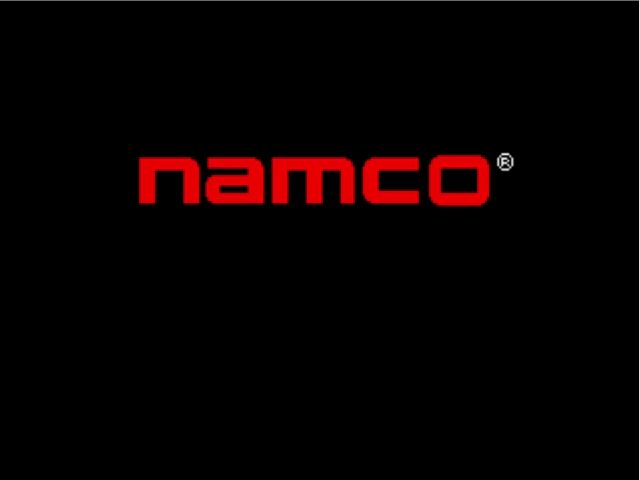
Xbox 360
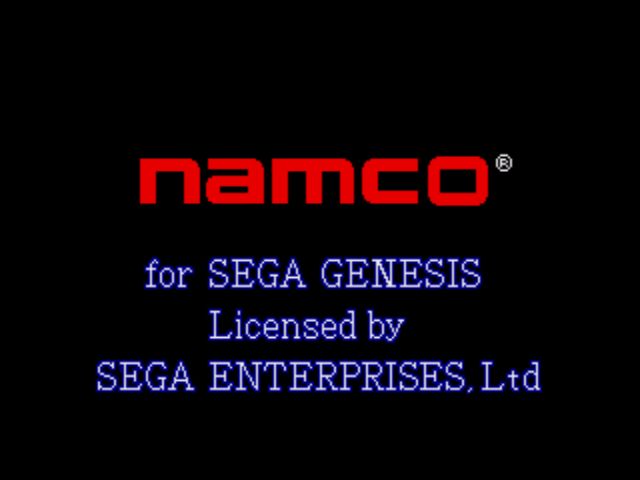
Genesis
As mentioned in the previous video, the resolution of the gameplay was changed in the Xbox version, so here's a side-by-side comparison of similar images in their original aspect ratios:
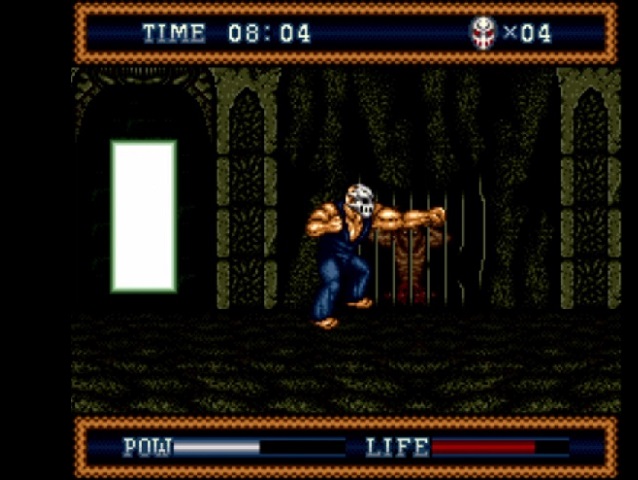
Xbox 360
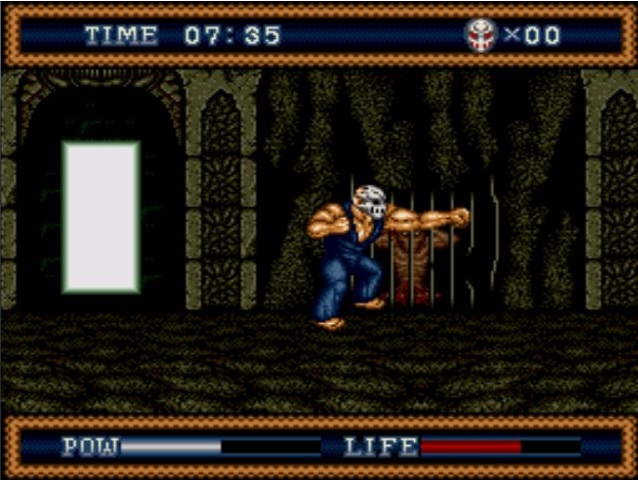
Genesis
The only other general change has no visual element, but it's a big one (for me at least): The Xbox version has removed the game's soft reset. Normally, pressing Start while holding all three buttons sends you back to the Namco logo screen, but that doesn't do anything on the Xbox, so the only way to restart the game without getting a game over is pressing Select to open a menu that allows you to leave the game entirely and go back to the remake's main screen. Every time I missed something I wanted to show off or fell hopelessly behind on time, I had to go through a few more menus and loading screens then the Genesis version for no particular reason.
Moving on, something we brushed upon in this video is the differences present in the Japanese version of Splatterhouse 3 and all the contradictory information out there about that, so to clear that up, I played a little of the Japanese version myself. The first difference appears immediately and calls back to something earlier in this post:
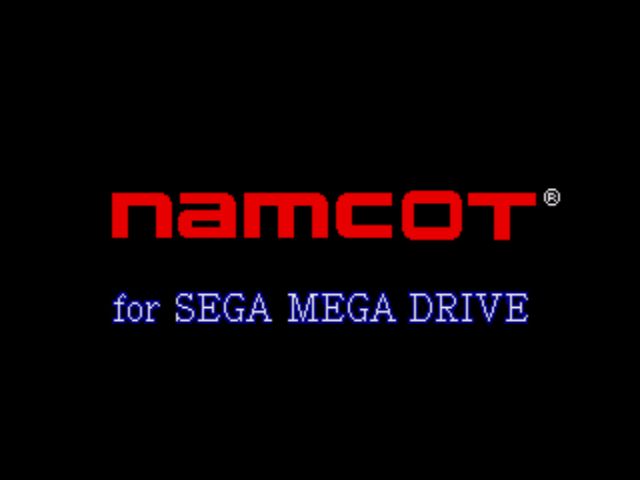
The first screen credits Namcot, which is Namco Japan's home console division (hence that name appearing in Wanpaku Graffiti as well), and names the console by its non-US name. The title screen is different as well, showing the Japanese title of the game:

Japanese Mega Drive
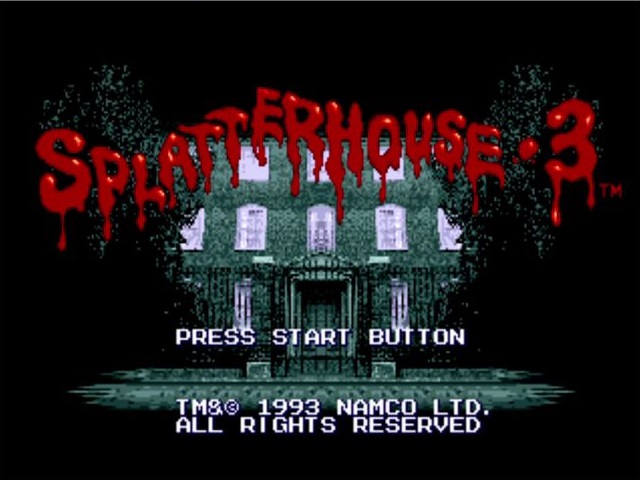
American Genesis
As the game actually begins, the tutorial cutscene where the Terror Mask explains the game's controls and mechanics is gone and you're dropped straight into the first level with an 8:00 minute time limit, two minutes more than that of the US version. Interstitial cutscenes appear at 5:00 minutes and 3:00 minutes versus the first one playing at 3:00 minutes and the second at 2:00 minutes in the American game. All the Japanese version's cutscenes are in English, and while most of them seem to have the same text as the American version, the first one of the game (and possibly more, I'm not gonna scour yet another version of this game) has its own special set of typos:
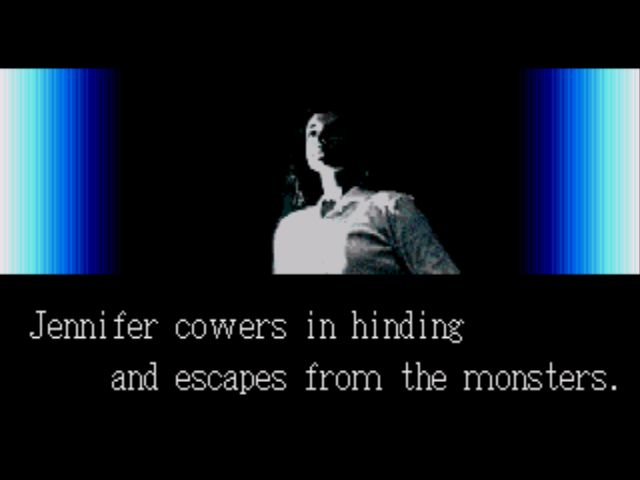
Japanese Mega Drive
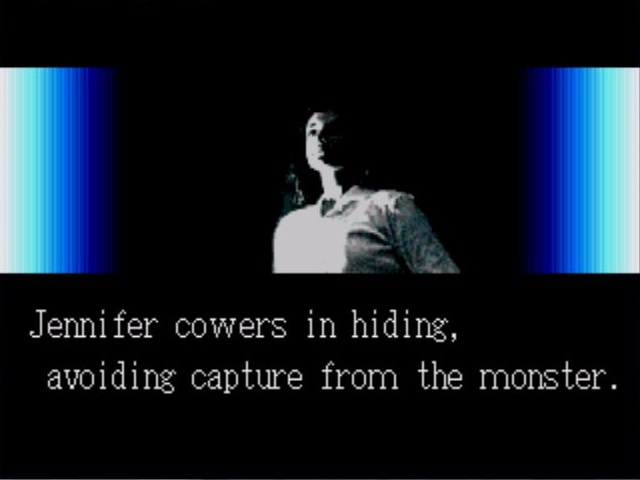
American Genesis
Now on to the big difference: The spin kick. It is usable in the Japanese version, and is in fact easier to perform (you need only press two buttons at the same time here; there's a finicky directional input required in the US version), but Rick only spins once for about a second, and enemies hit by it take negligible damage, roughly the same as that of a single punch. Since it can't realistically be used to kill anything, it no longer functions as an attack and is only useful for a moment's invulnerability and breaking free when surrounded. The mutant mode equivalent where Rick damages the entire screen with flesh tendrils remains the reliable room-cleaner it is in the US and has the same change to how it's performed, but it now drains about an eighth of the power bar each time you do it, severely limiting the number of times you can use it. These changes drastically lower Rick's potential DPS and leave enemies alive longer so they can keep hurting you, making this version a lot harder and slower if you can believe it. Pretty impressive that US version was able to improve the game so significantly and still release a day earlier.
Next time: The End(s).